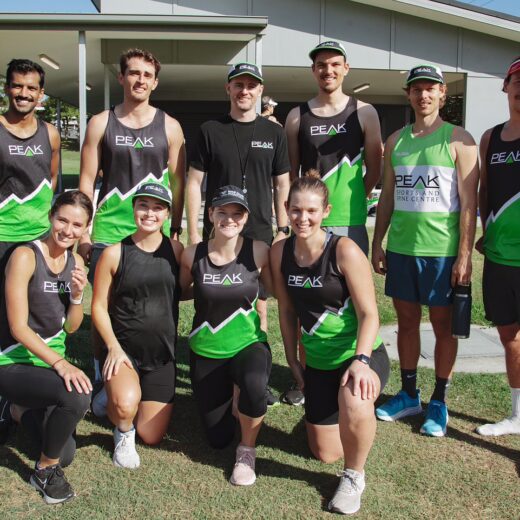
Join the Sunshine Coast Marathon
Join the Sunshine Coast Marathon with PEAK Sports and Spine Centre: Run with a Winning Team and Enjoy Exclusive Perks!Are you ready to challenge...
Read morePatients experiencing lower limb nerve compression may report:
Often sharp, burning, or shooting, localised to specific areas of the foot or lower leg.
Loss of sensation in parts of the foot, such as the toes or sole of the foot.
A "pins and needles" sensation, usually in the toes or foot.
Difficulty in performing movements like toe lifts or pushing off while walking.
Changes in sensitivity to touch, temperature, or pain. This can also lead to the sensation of having a rock or foreign object in your shoe.
Typically occurs due to conditions like plantar fasciitis. Symptoms include heel pain and discomfort along the arch of the foot.
Involves compression of the posterior tibial nerve as it passes through the tarsal tunnel, leading to pain, tingling, and numbness in the sole and toes.
Often related to tight footwear or trauma, causing pain along the outer part of the lower leg and sensory changes on the top of the foot.
Commonly known as Morton’s neuroma, this involves thickening of the nerve tissue between the toes, resulting in sharp pain, tingling, 'rock' in the shoe sensation or numbness.
This nerve, a branch of the posterior tibial nerve, can be compressed due to excessive pressure or tight footwear, leading to pain and numbness in the lateral aspect of the foot, particularly affecting the fourth and fifth toes.
The sural nerve runs along the outer part of the lower leg and into the foot. Compression can occur due to trauma or tight calf muscles, causing pain, tingling, or numbness along the outer edge of the foot and the ankle.

It’s crucial to distinguish lower limb nerve compression from other neurological issues:
Effective management strategies include:


Calf Stretch:
Stand facing a wall with one foot forward and the other back. Keep the back leg straight and press the heel into the ground. Hold for 30 seconds, then switch.

Peroneal Stretch:
Sit on the floor with your knees bent or in a chair with your feet flat on the floor. Roll your foot so the outer edge of the foot comes in contact with the floor. Hold this position for 20-30 seconds.

Foot Rolling:
Roll the foot over a tennis ball or frozen water bottle to massage the plantar surface and relieve tension.
Patients should consider seeking professional help if they experience:
Early intervention can lead to better outcomes, so listen to your body and seek help as needed.
Lower limb nerve compression and irritation can affect your athletic performance and overall well-being, but with early recognition and effective management, you can stay active and achieve your goals. If you’re experiencing symptoms or want to optimize your foot health, don’t hesitate to reach out to our clinic. Together, we can work towards a pain-free and high-performing you!

Join the Sunshine Coast Marathon with PEAK Sports and Spine Centre: Run with a Winning Team and Enjoy Exclusive Perks!Are you ready to challenge...
Read more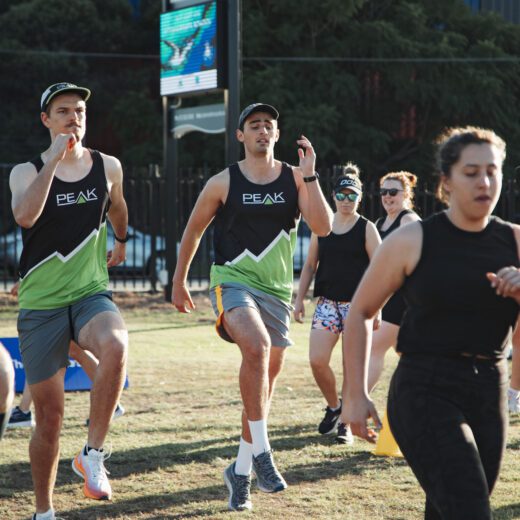
At PEAK, we believe in supporting our athletes to achieve experiences not felt possible. We know that every step, every challenge, and every finish...
Read more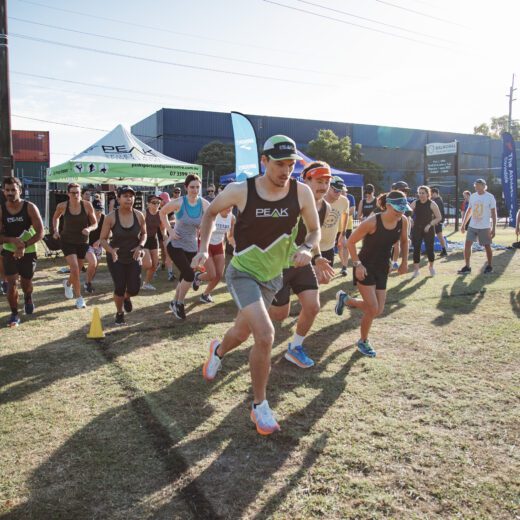
Why You Should Join Us! At PEAK, we believe in supporting our athletes to achieve experiences not felt possible. We know that every step, every...
Read more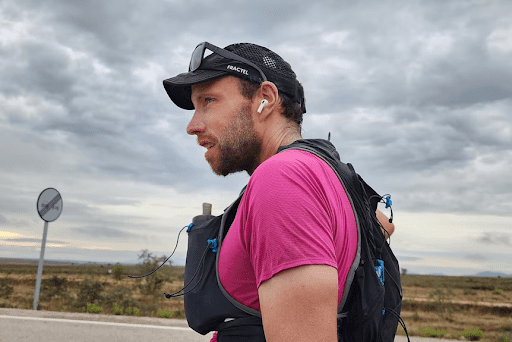
When most people talk about going the distance, they’re thinking a marathon. Tim Franklin? He took it several steps further — 26,000 kilometres further,...
Read more
Why Everyone Should Include It in Their Fitness Routine Strength training is often overlooked, especially by those who prefer cardio exercises or those who associate...
Read more
Diabetes is a chronic condition that can have widespread effects on the body, and one of the most overlooked areas it impacts is the...
Read more
Pain is often perceived as a warning sign that something is wrong in the body. While this can be true in cases of an...
Read more
Choosing His Pain Lleyton, one of our dedicated physiotherapists, recently crossed the finish line of the Tokyo Marathon in 5 hours and 20 minutes—a remarkable...
Read more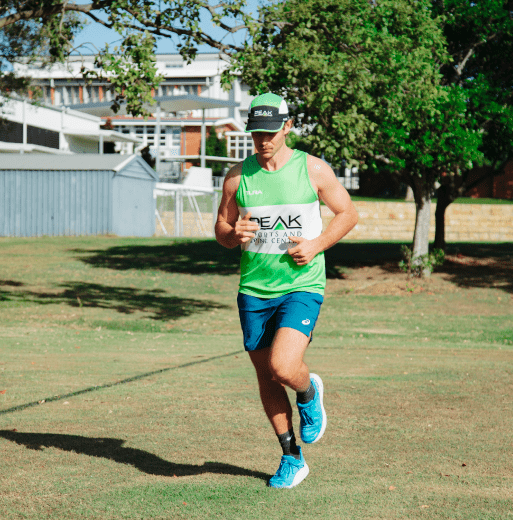
Finding the perfect running shoe can often feel like a challenge—there’s an overwhelming number of options to choose from, and it’s hard to know...
Read more
Insights into PEAK Coach Callum’s Journey! The road to the marathon is no easy feat, but for many, it’s a bucket list item worth the...
Read moreNot exactly what you're looking for?
View all articles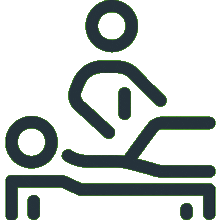
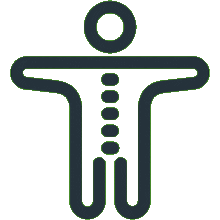
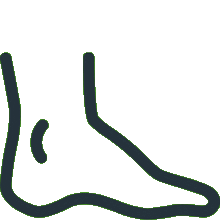


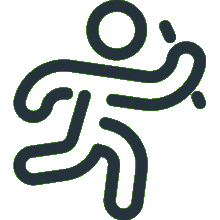


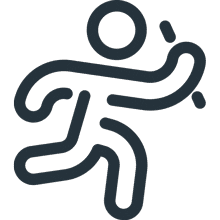
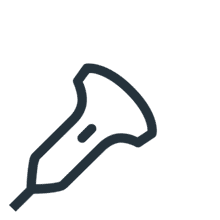
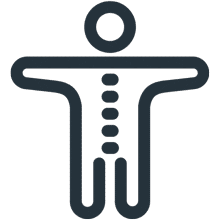


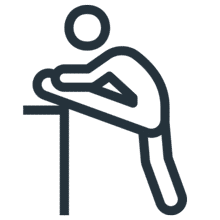




Can't find what you're after?
View all ServicesOr email the PEAK team at info@peakssc.com.au
To make a booking outside of business hours, please use our form by clicking here.
To make a booking outside of business hours, please use our form by clicking here.